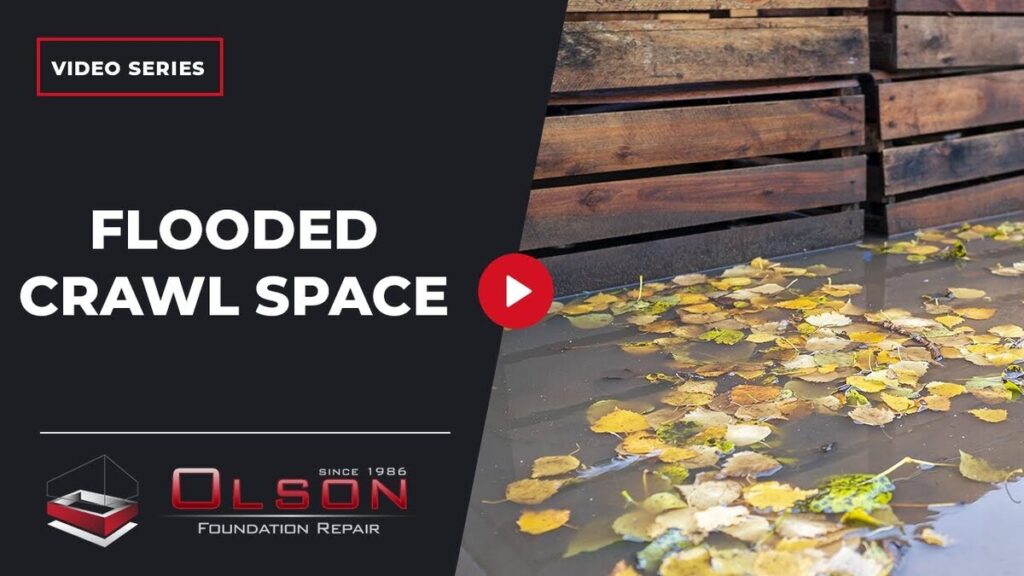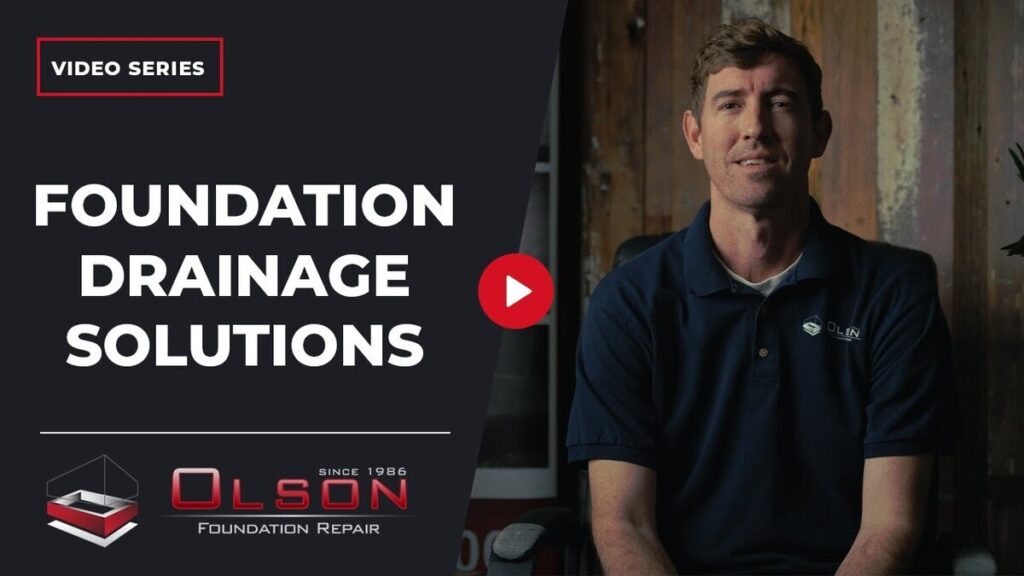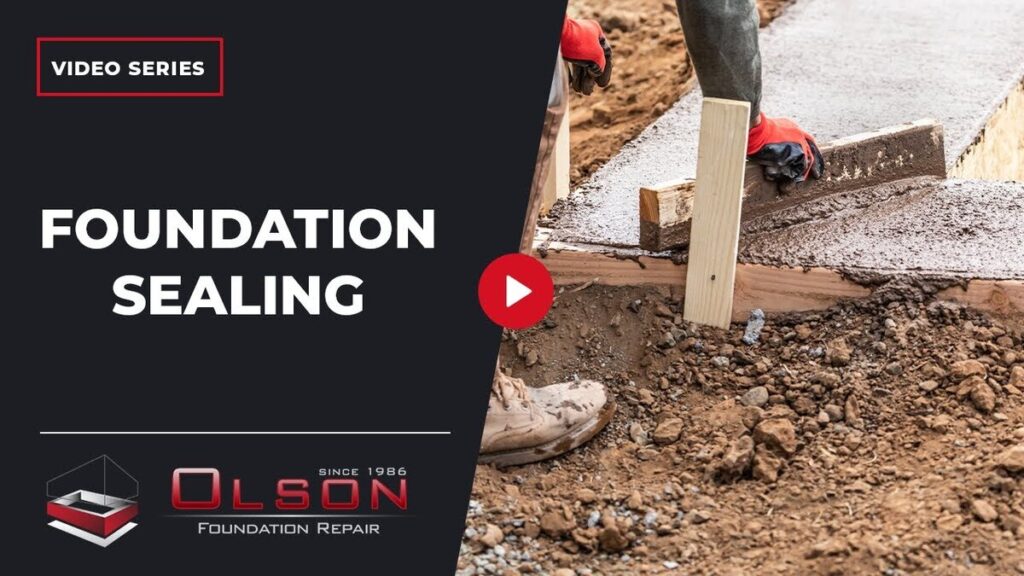In the realm of foundation and pavement repair, two prominent techniques stand out: polyjacking and mudjacking. These methods, though similar in their goals, differ significantly in their materials, processes, and suitability for various projects. This article aims to shed light on these differences, helping homeowners and contractors make informed decisions about which technique is best suited for their needs.
What is Polyjacking?
Polyjacking is a modern technique used to lift and stabilize concrete slabs, including basement and garage floors, driveways, and sidewalks. This method is particularly recommended when the slab in question is still in good condition and worth preserving.
The process involves drilling small, 5/8-inch holes in the concrete and injecting a polyurethane foam through a pressurized handgun. This foam expands, filling voids beneath the slab and lifting it to the desired level. The key to polyjacking’s effectiveness lies in its precision and the integrity it maintains in the existing concrete structure.
Benefits of Choosing Polyjacking
One of the primary advantages of polyjacking is its minimal invasiveness. The small holes required for the process are barely noticeable, making it a more aesthetically pleasing option compared to traditional methods. Additionally, the polyurethane material used in polyjacking is lightweight yet strong, ensuring a long-lasting solution without adding significant weight to the soil beneath. This aspect makes it an ideal choice for areas where soil stability is a concern.
What is Mudjacking?
Mudjacking, in contrast to polyjacking, is a more traditional method that involves injecting a mixture of cement, sand, and limestone under the concrete slab. This technique requires larger holes, typically around two inches in diameter. The mudjacking mixture is heavier than the polyurethane foam used in polyjacking, making it suitable for certain types of projects where the additional weight is not a concern.
When to Consider Mudjacking
Mudjacking is often chosen for larger, commercial projects or when budget constraints are a significant factor. The materials used in mudjacking are generally less expensive than the polyurethane foam, making it a cost-effective option for some. However, it’s essential to consider the long-term implications, as the heavier mudjacking material can potentially lead to further soil compaction and settling over time.
Comparing Polyjacking and Mudjacking
Key Differences
The most notable difference between these two methods is the material used. Polyjacking utilizes a polyurethane foam, an expandable and lightweight material, while mudjacking relies on a heavier cement-based mixture. This difference in material leads to variations in the size of the holes drilled, the weight added to the underlying soil, and the overall impact on the concrete slab’s integrity.
Suitability for Different Projects
Choosing between polyjacking and mudjacking depends largely on the specific requirements of the project. Polyjacking is often preferred for residential projects, especially when preserving the existing concrete’s appearance and integrity is a priority. On the other hand, mudjacking may be more appropriate for large-scale or budget-sensitive projects, where the appearance of the repair is less of a concern.
Conclusion
In conclusion, both polyjacking and mudjacking have their distinct advantages and applications. Understanding these differences is crucial in deciding which concrete leveling method is most suitable for a given project. If you’re considering either of these options for your property, it’s essential to weigh the pros and cons carefully.
For more personalized advice or to discuss your specific needs, feel free to contact us. We’re here to help guide you through the decision-making process, ensuring your concrete repair is handled with the utmost expertise and care.




